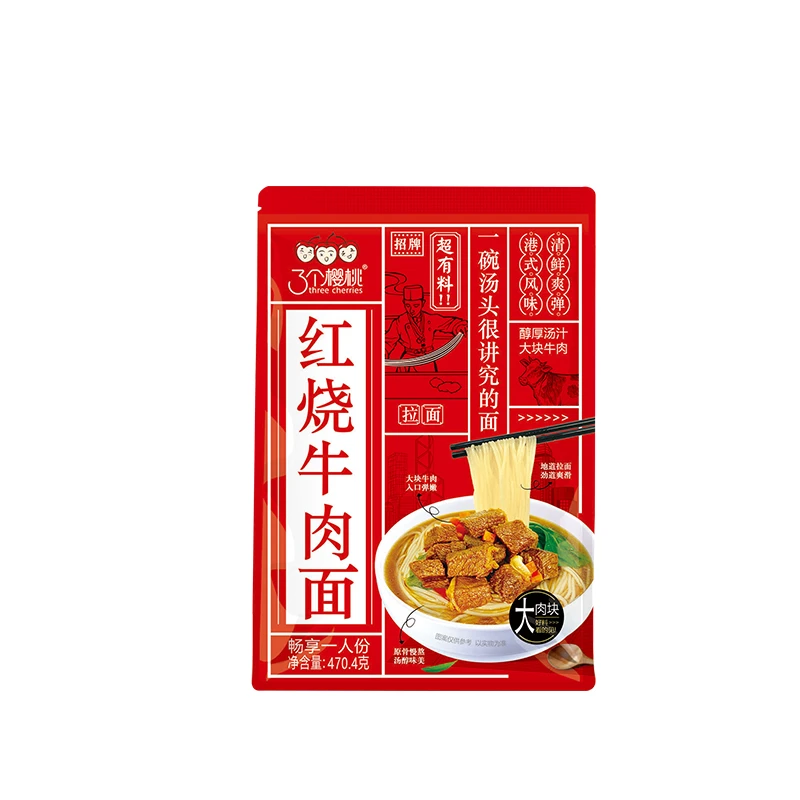asian noodles for diabetics
Asian Noodles for Diabetics Healthy Choices and Delicious Recipes
As diabetes becomes increasingly prevalent across the globe, dietary choices play a crucial role in managing blood sugar levels. Asian noodles, a staple in many cuisines, can often be loaded with refined carbohydrates and sugars; however, with the right selections and preparations, they can be a delicious and healthy option for diabetics. This article explores the various types of Asian noodles that are suitable for diabetic diets, along with tips and tasty recipes to incorporate these noodles into meals without compromising health.
Understanding Noodle Types
When considering Asian noodles, it's essential to differentiate among the various types on the market. Some traditional noodles, made from refined flours, can lead to spikes in blood sugar. However, there are several alternatives that are lower in carbohydrates and higher in fiber.
1. Soba Noodles Made primarily from buckwheat, soba noodles offer a good source of protein and fiber. They have a lower glycemic index compared to other noodles, making them a suitable option for those managing diabetes.
2. Shirataki Noodles Often referred to as miracle noodles, Shirataki is made from konjac yam and is extremely low in calories and carbohydrates. They are high in glucomannan, a soluble fiber that may help in stabilizing blood sugar levels.
3. Zucchini Noodles (Zoodles) While not traditional Asian noodles, zoodles can be a great substitute for stir-fried dishes and can provide a low-carb alternative for those trying to limit their carbohydrate intake.
4. Rice Noodles While often thought of as a higher-carb option, rice noodles can be included in moderation. Choose whole grain or brown rice varieties when possible, as they provide more fiber and nutrients compared to white rice noodles.
Tips for Cooking with Asian Noodles
1. Control Portions Regardless of the type of noodle, controlling portion sizes is vital. Aim for a serving size that keeps your carbohydrate intake in mind.
2. Add Vegetables Boost the nutritional profile of your noodle dishes by adding plenty of non-starchy vegetables. Spinach, bell peppers, broccoli, and carrots can all enhance both the flavor and health benefits of your meal.
3. Use Lean Proteins Incorporate lean proteins such as chicken, shrimp, tofu, or legumes to create balanced meals. This will help stabilize blood sugar levels and promote satiety.
asian noodles for diabetics

4. Limit Sauces Many Asian sauces can contain high amounts of sugar and sodium. Opt for homemade or low-sugar options, using natural flavor enhancers such as soy sauce, garlic, ginger, and sesame oil.
Easy and Delicious Recipes
Here are two simple recipes that showcase how to prepare satisfying, diabetic-friendly Asian noodle dishes
1. Soba Noodle Salad
Ingredients - 100g soba noodles - 1 cup shredded carrots - 1 cup sliced cucumber - 1 bell pepper, thinly sliced - 2 green onions, chopped - 2 tablespoons soy sauce (low sodium) - 1 tablespoon sesame oil - 1 tablespoon rice vinegar - 1 tablespoon sesame seeds
Instructions 1. Cook the soba noodles according to package instructions, then drain and rinse under cold water. 2. In a large bowl, combine the soba noodles, carrots, cucumber, bell pepper, and green onions. 3. In a separate bowl, whisk together soy sauce, sesame oil, and rice vinegar. Pour the dressing over the noodle mixture and toss to combine. 4. Garnish with sesame seeds before serving.
2. Shirataki Noodle Stir-Fry
Ingredients - 1 package of Shirataki noodles - 1 cup mixed vegetables (broccoli, snow peas, bell pepper) - 100g firm tofu, cubed - 2 tablespoons soy sauce (low sodium) - 1 teaspoon ginger, minced - 2 cloves garlic, minced - 1 tablespoon olive or sesame oil
Instructions 1. Rinse Shirataki noodles under cold water and set aside. 2. In a large skillet or wok, heat oil over medium heat. Add garlic and ginger, sautéing until fragrant. 3. Add tofu and cook until golden brown. Then, add mixed vegetables and stir-fry until tender. 4. Finally, toss in the Shirataki noodles, adding soy sauce to taste. Stir-fry for about 2-3 minutes until everything is well combined and heated through.
Conclusion
With thoughtful choices and creative recipes, Asian noodles can be a flavorful addition to a diabetic-friendly diet. By opting for whole grains, low-carb alternatives, and balancing meals with proteins and vegetables, these dishes can be both nutritious and satisfying. Embrace the cultural diversity of Asian cuisine while ensuring that health remains a priority!
-
Authentic Fried Sauce Noodles: Savory, Satisfying, & Easy!NewsAug.28,2025
-
Wholesale Ramen Noodles SuppliersNewsAug.27,2025
-
Organic Soba NoodlesNewsAug.27,2025
-
Organic Ramen Noodles BulkNewsAug.27,2025
-
Improving Foodservice: A Wholesale Buyer’s Guide to Fresh PastaNewsAug.27,2025
-
Dragon Chuka Soba NoodlesNewsAug.27,2025
-
A Timeless Treasure of Northwestern ChinaNewsAug.27,2025
Browse qua the following product new the we







